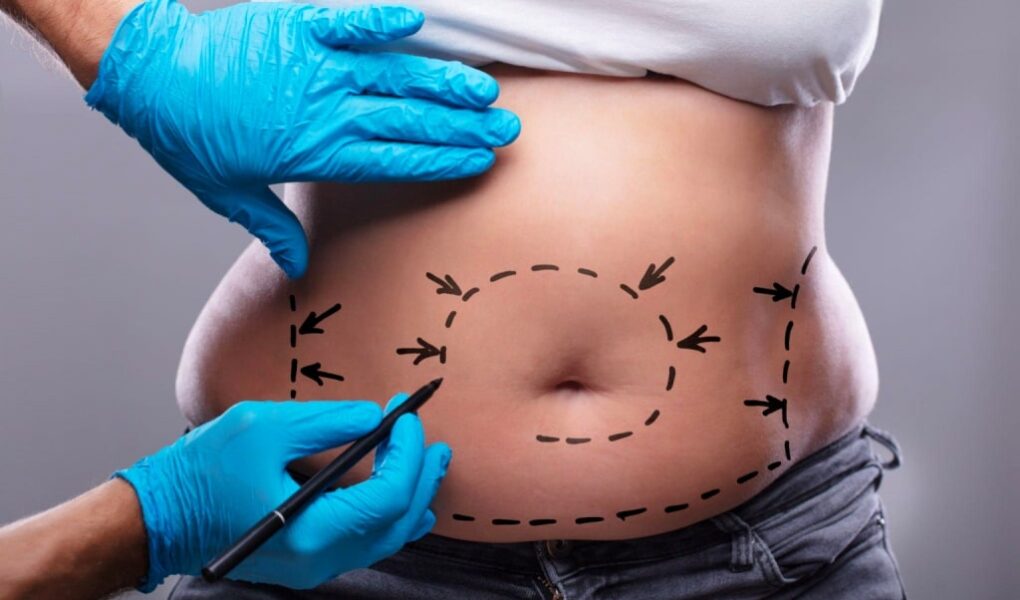Liposuction is one of the top-five plastic surgeries. Over 211,000 people had the procedure in 2020. You’ve probably heard of it, but what exactly is liposuction? Let’s look at the details of the surgery and how it works.
Table of Contents
The Basics
Liposuction is a cosmetic surgery to remove extra fat and improve body shape. It’s also known as lipoplasty and body contouring.
What It Does
Liposuction removes localized fat and shapes areas. It’s mostly used on:
- Abdomen/waist
- Hips
- Buttocks
- Back
- Chest
- Upper arms
- Thighs
- Calves
- Inner knee
- Ankles
- Face (including cheeks, chin, and neck)
What It Doesn’t Do
Liposuction can’t replace diet and exercise for weight loss. It’s meant for people at a healthy weight with some extra fat they can’t get rid of. The fat cells are permanently removed, but you can still gain weight in that area. It doesn’t affect cellulite or extra skin.
Types of Liposuction
There are several types of liposuction. The type your surgeon uses depends on the desired results and their preference.
Traditional/Tumescent Liposuction
For this method, the surgeon injects a solution into the fat. It contains lidocaine for numbing and epinephrine to reduce bleeding. Enough solution is injected to make the area swollen and firm, or “tumescent.” Then, a cannula (a hollow metal tube) is inserted to suction out the fat.
This procedure doesn’t require anesthesia or IV fluids. It takes the longest, though. The super-wet technique is similar but quicker. It only uses an amount of solution equal to the fat being removed. However, it requires sedation.
Ultrasound-Assisted Liposuction (UAL)
Ultrasound-assisted liposuction uses sound waves to break down fat cells. Vibrations from an ultrasonic probe break down fat cells into liquid. This is then vacuumed out.
This technique is gentler than others. Some surgeons use anesthesia. Vibration amplification of sound energy at resonance, or Vaser, is the most recent form of UAL.
Power Assisted Liposuction (PAL)
PAL is similar to traditional liposuction. It uses a powered cannula that vibrates to break up fat cells. This helps remove more stubborn fat.
It’s easier on surgeons and more precise. It’s less invasive to patients, as well. The precision makes it great for sculpting.
Laser Liposuction
This method of liposuction uses lasers to melt fat. The fat can be suctioned out or drained through tiny incisions. The lasers only target fat cells.
Laser liposuction is less invasive and doesn’t leave much bruising. The heat from the laser contracts nearby tissue, giving smoother results. It’s often used in smaller areas such as the face.
Procedure and Recovery
Depending on the type of liposuction, you’ll be given either local numbing or general anesthesia. The surgery may last several hours, depending on how much fat is removed. Most patients go home the same day. The amount of downtime depends on the extent of the procedure. Generally, though, you can return to your daily activities within a few weeks. You’ll wear a compression garment for a few weeks to help with recovery and smoothing the area. After a few months, swelling will go down enough for you to see your slim results.
FAQ
Who is liposuction for?
Liposuction is for anyone dealing with stubborn areas of fat. If diet and exercise aren’t helping certain areas, liposuction might be the answer.
Will liposuction help with obesity?
Liposuction isn’t meant for large amounts of fat. It isn’t a weight-loss surgery. Patients should be close to their goal weight and looking for definition in small areas.
Which type of liposuction should I get?
The type of liposuction used depends on your goals and your surgeon’s preference. Have a discussion with them about your expectations. They can explain the benefits of each method and select the best one for you.
How much does liposuction cost?
The cost depends on the type of liposuction, the amount needed, and the surgeon. Research prices and financing options before choosing a plastic surgeon. Find a price that works for you, but be wary of doctors that cost a lot less than others.
Are there risks with liposuction?
Any surgical procedure has risks. However, complications only happen with about 2% of liposuction procedures. Potential risks include:
- Contour deformities
- Nerve damage
- Hematoma
- Infection
- Fat embolism
- Irregular pigmentation
- Slow healing
- Burns from UAL
Can I get other procedures along with liposuction?
There are a few procedures that can go along with liposuction.
- Breast surgery or butt lift. Fat can be suctioned from one area and moved to another. This is a popular method for breast surgery and butt lifts.
- Tummy tuck. A tummy tuck removes extra skin and repositions abdominal muscles. Liposuction can be part of this procedure.
- “Mommy makeover.” This combines liposuction, a tummy tuck, and breast surgery to restore a woman’s body to its pre-baby shape.
Your surgeon can make other suggestions based on your goals.




